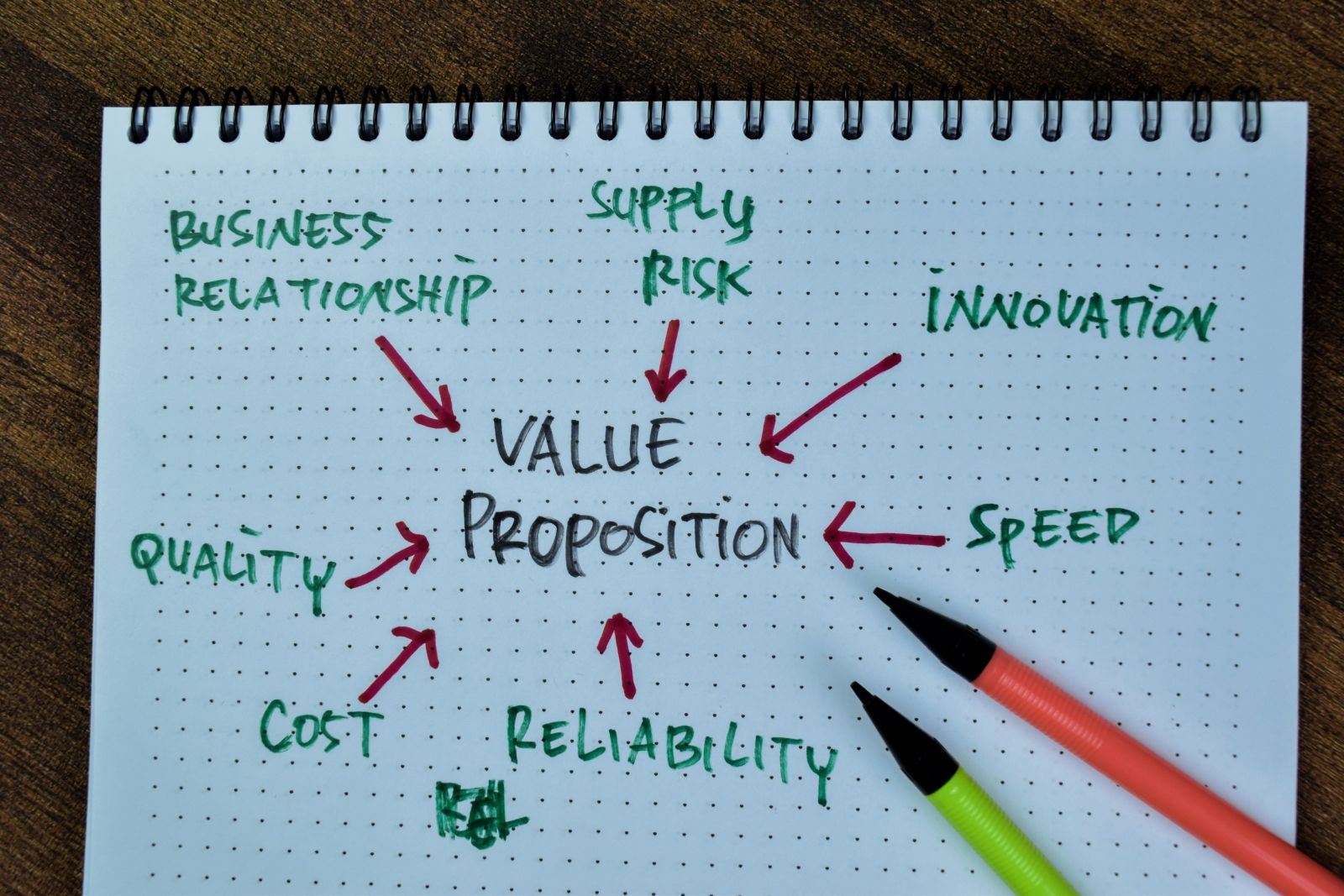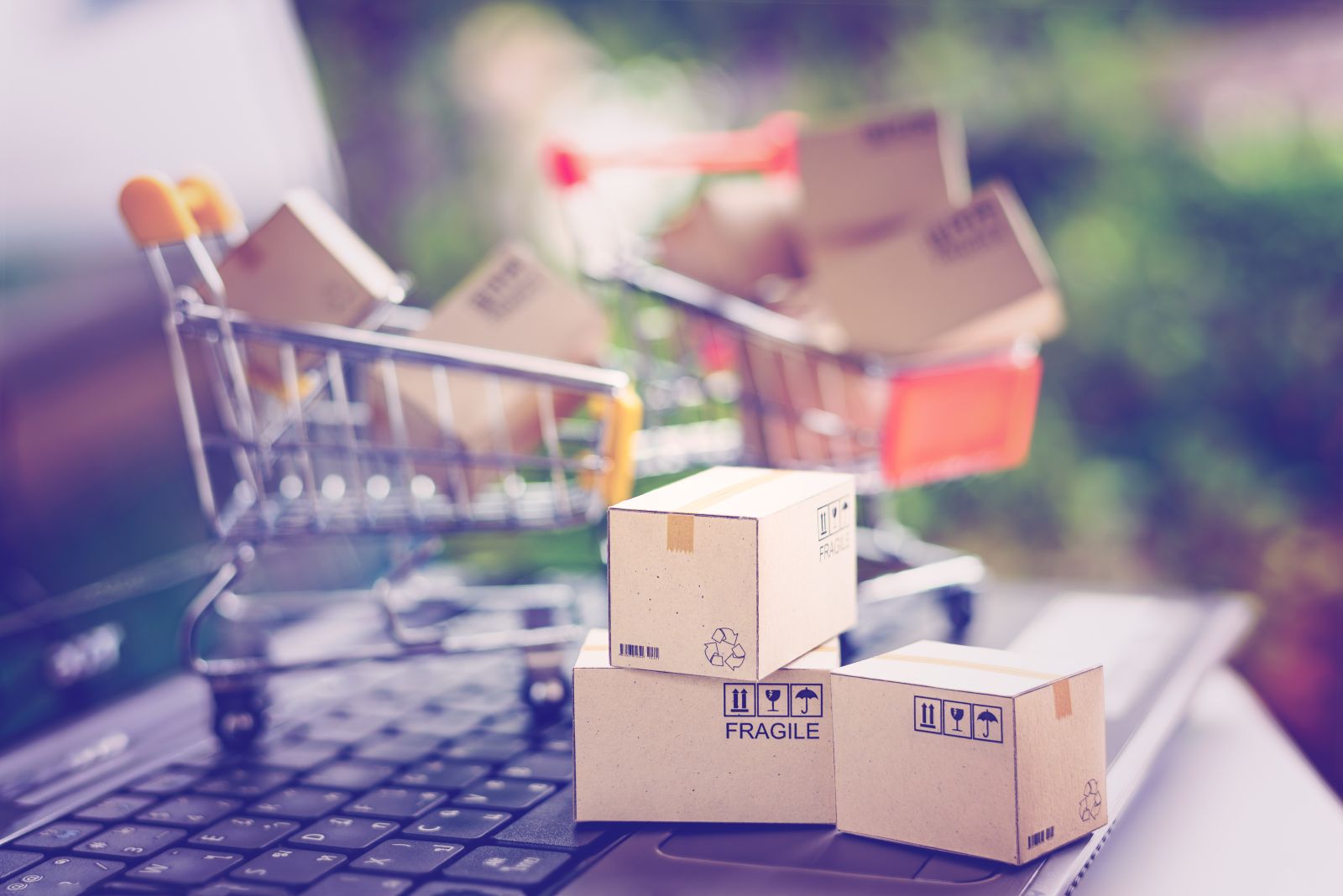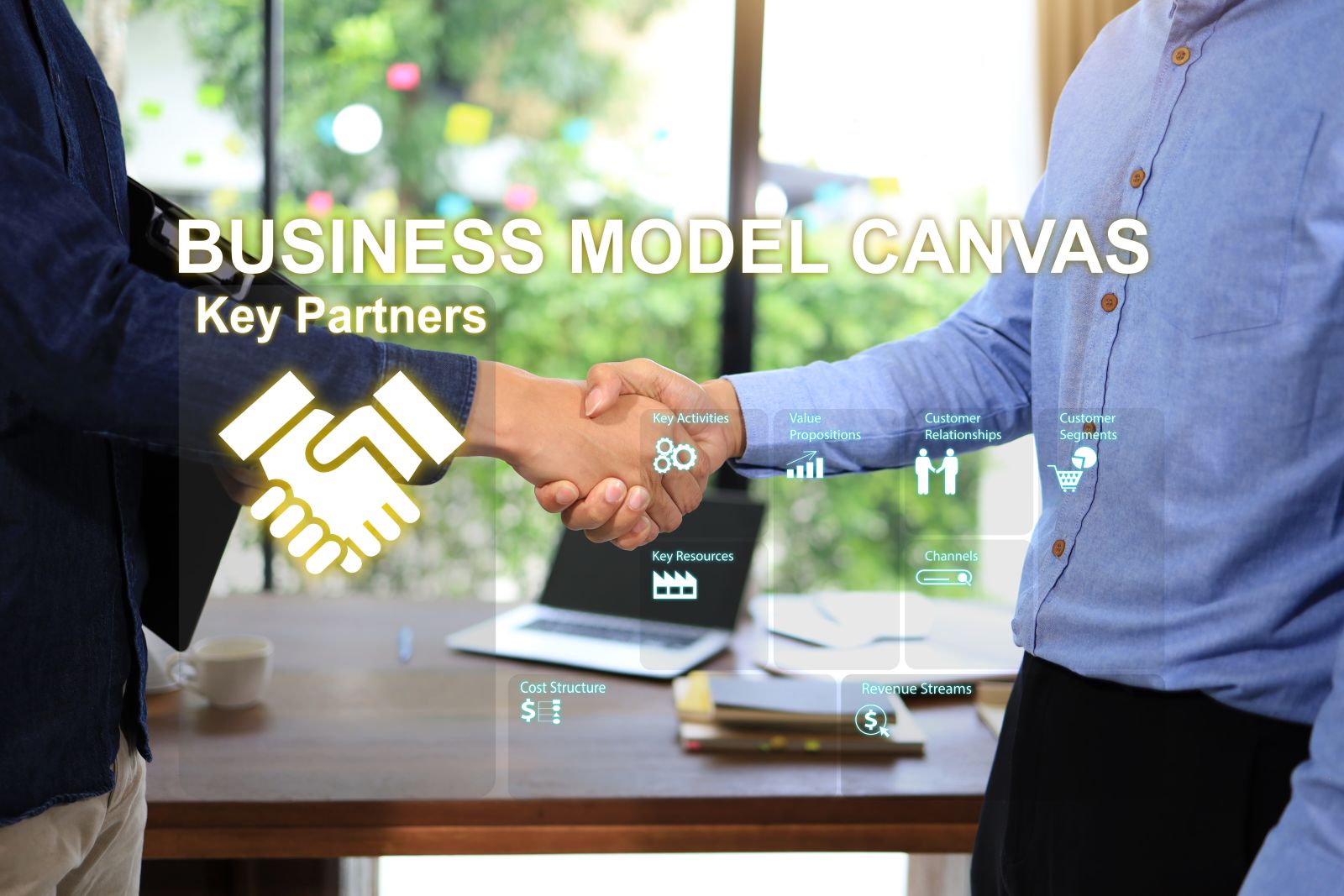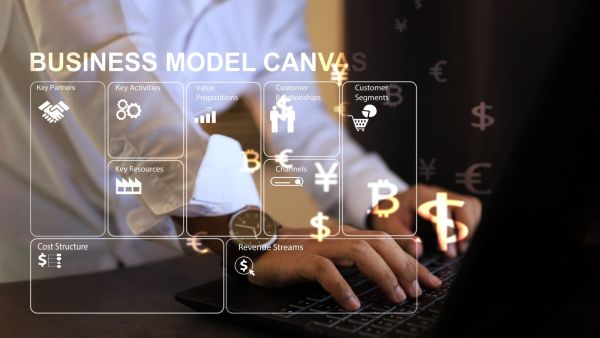Steps to filling out a business model canvas to test your business ideas
ALBAWABA – A great way to map your business idea and understand how to move forward with your project is the Business Model Canvas.
The business model canvas allows you to theoretically test and improve your initial business idea.
It is comprised of nine connected boxes on a single page.
Filling one in can take between 15 and 30 minutes, but it can also take you a month to fill in a business model canvas, depending on how well you actually understand your business idea.
Here is a guide that will make the process clear and straightforward.
1. Specify the purpose of your business
Your business idea should have a clear purpose, from “earn passive income from home” to “prevent the destruction rainforests in Indonesia”.
This provides you with clear criteria to assess your ideas as you fill out the business model canvas.
2. Identify your value proposition
There two ways to go about doing filling out this part of a business model canvas.
Either you identify the value your product or service idea provides people and think about the customers who will be willing to buy it. Or you identify a need that people have for a product or service, which you can provide, and look for a way to provide it.

Either way, once you figure that part out, fill out the value proposition box first in the business model canvas. This helps you pinpoint exactly where lies the value of your business idea, which helps you clearly identify who will benefit from it and who will be willing to pay money for it, in the next step.
In the value propositions box, describe what the customer is really looking for that you have.
Then you move on to identifying your target market.
3. Clearly identify your customer segments
Your business should have a clear target market, which is comprised of customer segments. They are clear cut segments of potential buyers whom you believe your service or product provides value to.
They should be motivated enough to try your new product or service.
One way to do that is to make sure your product or service really does solve a problem for your customers or adds value to their lives.
Identify their age and income ranges, their geographic distribution, and their behavior's patterns.
In the customer segments box, describe the customers who are really looking for value proposition that you have and can deliver to them.
4. Specify your marketing and distribution channels
Having identified your customer segment, now you need to identify which channels of communication they use, which you can utilize to reach them.
Also, having identified your value proposition, look for which of these channels that your customers use are best suited to helping you deliver your message to your customers. This message should highlight your value proposition.

Now, that you have figured out how to reach them, you need to figure out how to: (1) Acquire your customers, (2) Keep your customers, and (3) interact with your customers.
Overall, channels include marketing and distribution.
In the channels box, fill in the channels through which you intend to acquire customers and deliver your value proposition to them.
5. Design your customer relationship management method
Having figured out your communication channels, covering both marketing and distribution, it is now time to develop your customer relationship management method.
This method should employ the channel you have selected to Keep and Interact with your customers.
Always think about how you can complement what you have developed in step (4) with additional channels of communication that are specific to you and your clients.
One example of this is a customer relationship management platform, which helps you communicate with your clients through a channel that is solely yours. You can also think about loyalty programs that help you retain your customers.
This helps you imprint your brand with your clients for as long as possible.
Fill in the results in the customer relationship box.
6. Identify key resources
Now that you have figured out what you want to sell and how you’re going to sell it, it is time to figure out how to make it.
First step in doing so is identifying key resources, as in what it is that you need to develop, build, provide, and deliver the service or product.
You want to list all of the vital ingredients and components under the Key Resources box in the business model canvas.
Key Resources are the people, places, machines, patents and intangible assets that are used on an ongoing basis to produce and deliver your product or service.
This is not a complete inventory, but a list of the resources that, if lost, would prevent your business from functioning.
7. Identify key activities
You have identified your key resources. Now, key activities are about what you are going to do with these resources to produce and deliver your product or service to your customers.
Key Activities are the processes and tasks that must be completed successfully in order for your customers to be served.
Such activities may include sales calls, workshop delivery, meal preparation or writing reports.
Above all, these are the activities you need to be able to do particularly well.
Accounting and bookkeeping, for example, is not a key activity, even though it is vital for every business. Nonetheless, it does not factor into the production and delivery of your service or product.
Fill in these tasks and processes in the Key Activities box in your business model canvas.
8. Identify key partners
No business is an island. Every business is a part of some larger supply chain that stretches out from a source to an end user or consumer.
You’re no different, which is why every business has key partners.
Key partners are people and organisations that take some of the responsibility off your shoulders, share in your supply and value chain, and play a role in the production and delivery of your service or product.

They might be your suppliers, your distributors, sponsors, tech support, or your delivery service provider.
Bottom line, depending on your business, key partners are those entities or individuals without whom you will not be able to produce and/or deliver your product or service. They especially so if they provide you with added value in exchange for your business.
For example, a supplier may offer you a substantial discount on raw material or infrastructural services that you did not receive from any other supplier, in exchange for an exclusive relationship.
This discount or service may help you expand your profit margin.
In some cases such as this, these key partners become strategic key partners.
9. Understand your revenue streams
Revenue Streams are the prices each type of customer typically pays, as well as how frequently they come back to purchase your service or product.
One aspect of your product or service could be generating much more revenue than the rest, by evidence of the prices customers are paying for it.
Understanding where the bulk of your revenue comes from helps you determine which parts of your business ideas to stick with and which to let go of.
Overall, it is understanding which parts of your product or service make the most money and which of your customer segments make you the most money, as well as which marketing and distribution channels generate the largest revenues.
For example, does it help you acquire more customers to make available a distribution channel online? If so, does it help to bring in more money if you enable online payments?
Understanding how your customers prefer to pay for the service is an important part of understanding your revenue streams.
Another example is, if you keep your cash cow service or product and discard of everything else, will your customers still pay for your service or product?
Also, it pays well to understand the order in which your money flows down the value chain, from the buyer to you, and whether or not it is more feasible to fill in for the middleman, in case you have one.
Fill all of this out into the Revenue Streams box.
10. Understanding your cost structure
Just as it is important to understand where the money comes from, it is vital to learn where it goes.
Red or black, the sum of your revenues and costs is your profit.
Cost Structures are the 7-8 biggest expenses, including how much and how often, as well as whether or not the amount you pay changes with the volume of sales and production.
These include rent, wages, raw materials, advertising, or paying commissions to other parties, such as distributors, i.e. the middleman we spoke about. Which expenses are ongoing and which are one-time payments!
Eventually, it pays to understand which of your products or services, for example, cost the most, and whether or not that eats into your profit margin.
Ironing out all these details helps you identify your start products and work out your pricing strategy.
Put everything you uncovered here into the Cost Structure box in your business canvas model.
Bring together your business model canvas
These boxes you filled in the above 10 steps give you a clear understanding of your business idea and what to do with it.
Review the business model canvas again and again, and make adjustments as you go.

Ultimately, the business model canvas helps you tell which business ideas are good and which are a waste of time and money.
The key to arriving at the best possible business model canvas is to be clear, concise, and straightforward.
Test your business model canvas
Share your business idea with someone your trust, with a fresh set of eyes and brains, and use the business model canvas you created to explain your idea and its validity.
Take feedback and consider adjustments as you discuss the business model canvas.
Afterwards, conduct a little survey with a sample of your target customers. Ask them about your product or service and lead them through the canvas without actually showing it to them.
Just because your friends think it’s a cool idea doesn’t mean that the market will too.
An open discussion with your prospect client will help you tell whether or not your business model works.







